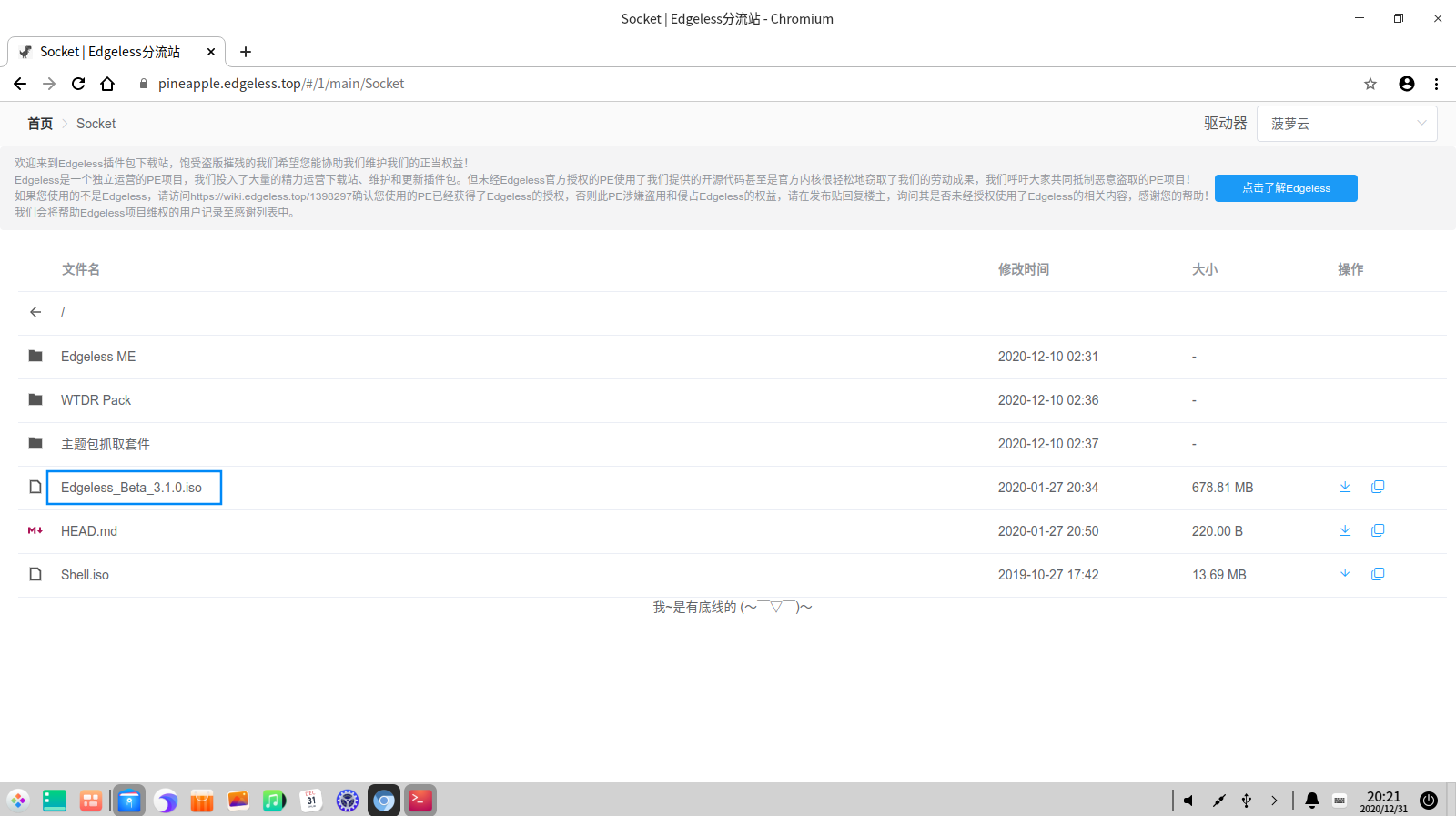

Different distributions use different Labels by default, for example Ubuntu use casper-rw and MX Linux use MX-Persist. Like I already said, the above commands will create an image called "persistence.img" with label casper-rw. You can also choose different filesystem, for example xfs, like below: $ sudo sh CreatePersistentImg.sh -s 2048 -t xfs
VENTOY WINDOWS PE ISO
With ventoy, you don't need to format the disk again and again, you just need to copy the iso file to the USB drive and boot it. You can increase or decrease the size as you wish. Ventoy is an open source tool to create bootable USB drive for ISO files. Here, -s 2048 indicates the size of the image file in MB. This means it can be installed in most USB drives, removable HD, SD Card, SATA HDD and SSD.
VENTOY WINDOWS PE INSTALL
The following command will create image file with 2 GB in size. You can install Ventoy to virtually any drive, including a partition on your local disk. You can also create a specific size image using -s flag like below. Now, run the "CreatePersistentImg.sh" script to create a backend image file named "persistence.img" with 1 GB in size, with EXT4 filesystem and with label casper-rw. This folder will contain the following contents: boot CreatePersistentImg.sh log.txt tool ventoy Ventoy2Disk.sh Cd into the Ventoy directory: $ cd ventoy I have extracted it in a folder named “ventoy” in my $HOME directory. Open your Terminal and navigate to the folder where you have extracted the Ventoy script. I assume you already have created a live bootable USB with Ventoy as described in the link attached in the first paragraph. Create Persistent Bootable USB Using Ventoy In Linux

Ventoy currently allows us to configure persistence support for Ubuntu, MX Linux, Linux Mint, Elementary OS, CloneZilla, Kali Linux, Kaspersky rescue disk, and Zorin OS.
VENTOY WINDOWS PE PORTABLE
All changes will remain intact and you can use a USB bootable drive as a portable Linux system. Most types of OS are also supported by Ventoy, such as ( Windows/ WinPE/ Linux/. Nothing will be lost after reboot or shutdown. Can you install Windows and Linux using the same USB Flash drive. What if you want to make all changes remain intact even after rebooted the system? This is where persistent bootable USB drives comes in help.Ī bootable USB drive with persistent storage support will enable you to install programs, customize the OS and store data permanently. However once you reboot the system, all of the said changes will be lost. When you are on a Live OS, you can do all sort of things, such as installing applications, downloading files, playing media, creating files and folders, customizing it as per your liking and a lot more.


 0 kommentar(er)
0 kommentar(er)
